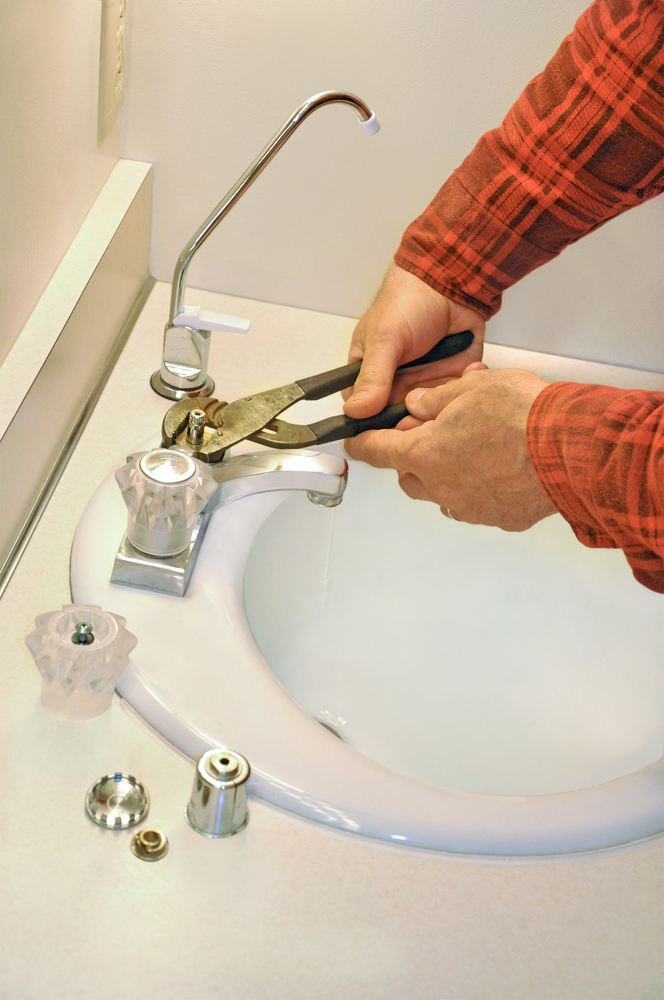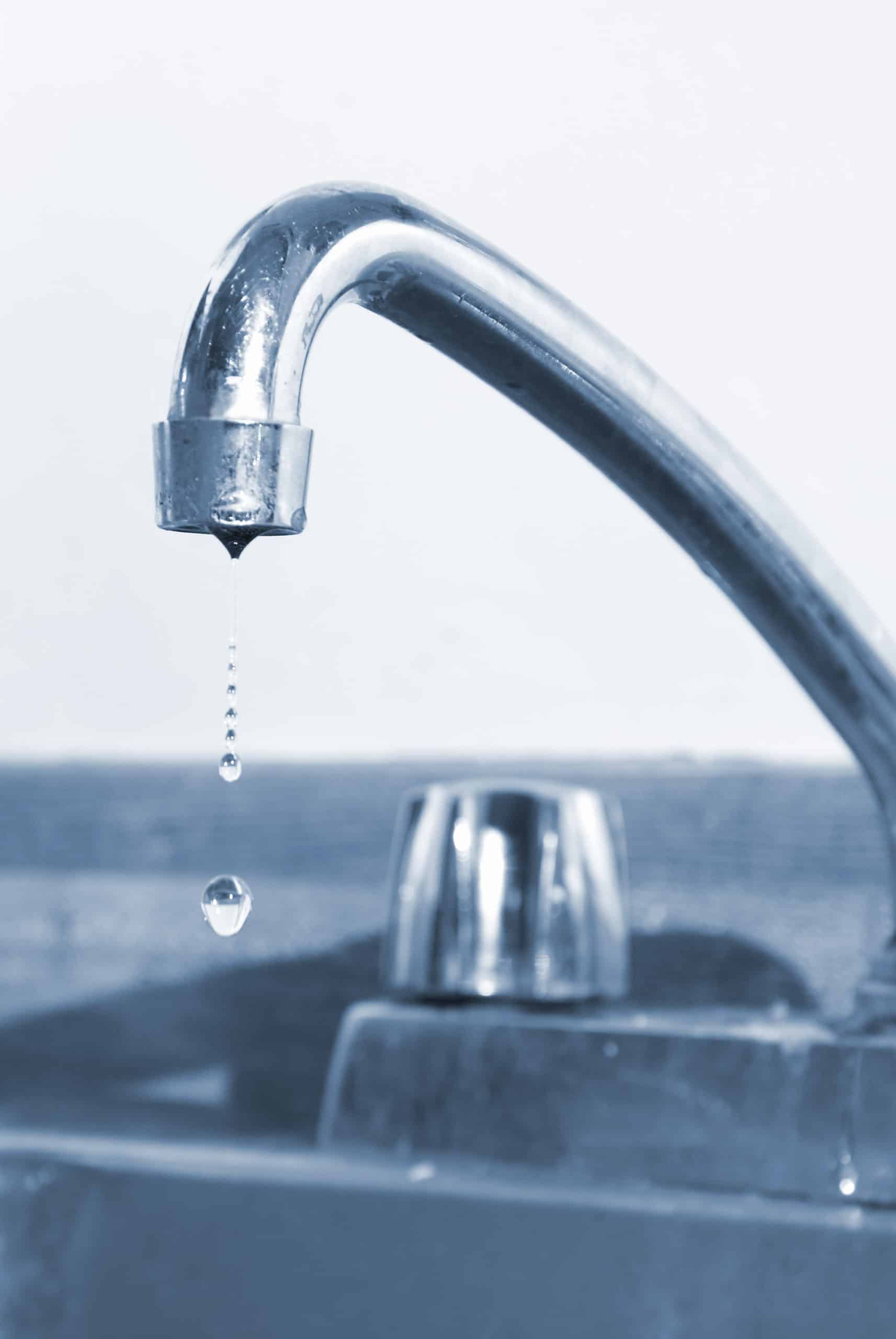Your Significance of Correcting a Faulty Faucet
Your Significance of Correcting a Faulty Faucet
Blog Article
They are making several great points on Why Are My Faucets Dripping (And Can I Fix It Myself)? as a whole in this content underneath.

Dripping taps may look like a small aggravation, but their impact exceeds simply the annoyance of the noise. From drainage to incurring unnecessary monetary prices and wellness risks, disregarding a trickling faucet can lead to various repercussions. In this post, we'll explore why it's crucial to resolve this typical household concern quickly and properly.
Wastefulness of Water
Environmental Impact
Trickling faucets contribute considerably to water wastage. According to the Environmental Protection Agency (EPA), a solitary tap dripping at one drip per second can squander more than 3,000 gallons of water each year. This not only pressures water sources but also influences ecological communities and wildlife dependent on them.
Financial Prices
Raised Water Expenses
Past the ecological influence, leaking faucets can pump up water expenses significantly. The collected wastefulness with time equates into greater energy costs, which could have been avoided with timely repair work.
Potential Residential Property Damages
Furthermore, prolonged trickling can cause damage to components and surfaces bordering the tap. Water accumulation can create discoloration, rust, and also architectural concerns if left neglected, leading to additional repair prices.
Health and wellness Concerns
Mold And Mildew and Mildew Development
The constant visibility of wetness from a trickling faucet develops an excellent atmosphere for mold and mildew and mildew development. These fungi not just jeopardize interior air quality yet also posture health threats, particularly for people with respiratory problems or allergic reactions.
Waterborne Diseases
Stationary water in dripping faucets can end up being a breeding place for germs and various other pathogens, boosting the threat of waterborne diseases. Pollutants such as Legionella microorganisms flourish in stationary water, possibly leading to severe illnesses when ingested or inhaled.
Do it yourself vs. Professional Repair work
Benefits and drawbacks of DIY Repair Work
While some might try to deal with a dripping faucet themselves, DIY repair services feature their own set of difficulties. Without correct expertise and tools, DIY efforts can exacerbate the issue or bring about insufficient repair services, prolonging the trouble.
Advantages of Employing an Expert Plumber
Working with an expert plumber ensures that the underlying source of the dripping faucet is resolved efficiently. Plumbing technicians have the experience and equipment to identify and repair faucet issues efficiently, saving time and minimizing the risk of more damages.
Step-by-Step Overview to Taking Care Of a Dripping Tap
Devices Called for
Prior to attempting to repair a dripping faucet, collect the needed devices, consisting of an adjustable wrench, screwdrivers, replacement parts (such as washing machines or cartridges), and plumber's tape.
Usual Faucet Issues and Their Solutions
Identify the type of faucet and the details problem triggering the drip. Typical problems include damaged washing machines, corroded valve seats, or faulty O-rings. Describe maker directions or online tutorials for detailed support on repair work.
Preventive Measures
Normal Maintenance Tips
To prevent trickling faucets, carry out regular maintenance such as cleaning aerators, evaluating for leaks, and changing worn-out components immediately. Additionally, take into consideration setting up water-saving devices or updating to more reliable fixtures.
Relevance of Prompt Fixes
Dealing with trickling faucets as soon as they're observed prevents more water wastage and possible damage, eventually conserving both water and money in the future.
Effect On Home Worth
Perception of Well-Maintained Building
Maintaining a building in good condition, including attending to upkeep issues like leaking taps, enhances its viewed worth and desirability among prospective customers or renters.
Influence on Resale Worth
Properties with well-kept plumbing components, including faucets, command higher resale worths in the realty market. Resolving dripping faucets can contribute to a positive perception throughout property evaluations and arrangements.
Ecological Duty
Specific Payment to Conservation
Taking responsibility for repairing leaking faucets lines up with more comprehensive initiatives towards water preservation and ecological sustainability. Every person's activities jointly make a substantial influence on maintaining priceless sources.
Lasting Living Practices
By focusing on punctual fixings and taking on water-saving behaviors, people add to sustainable living practices that benefit both present and future generations.
Conclusion
Dealing with a trickling tap surpasses simple comfort; it's an important action towards conserving water, lowering monetary costs, and guarding wellness and residential or commercial property. Whether via do it yourself repairs or professional aid, doing something about it to deal with trickling faucets is a small yet impactful means to advertise accountable stewardship of resources and add to a healthier, much more lasting future.
How to Fix a Dripping or Leaky Faucet
A leaking faucet is one of the most common problems that homeowners encounter, but it being commonplace doesn’t make it any less annoying. The constant drip drip drip of a leaking bathtub faucet, showerhead, or sink tap can disturb your home’s serenity. Left neglected, a dripping faucet can also result in higher water bills and discoloration or mold growth in your sink or plumbing fixtures.
Fortunately, you don’t have to be a trained plumber to know how to stop a dripping faucet. With some basic tools, replacement parts, and a little patience, leaky faucet repair is a breeze. In this article, we’ll explain what causes dripping faucets and how you can fix them.
What Causes a Leaking Faucet?
Kitchen and bathroom faucets come in all manner of designs, but most involve some combination of valves, O-rings, seals, and washers. The O-ring is usually the weakest link, but any one of these pieces can wear down over time. Heat, moisture, temperature fluctuations, minerals, mold, and movement can contribute to warping and corrosion, breaking the watertight seal. This just comes with the territory of being a homeowner. Everything is always subject to wear and tear, and some component parts of your appliances and fixtures need to be replaced on occasion. At least replacement O-rings are cheap!
More rarely, dripping faucets can be a symptom of excessively high water pressure. Were this the case in your home, you would probably notice that the leak is not isolated to one faucet. Water pressure issues are harder to resolve on your own. We recommend contacting a professional plumber if you suspect your water pressure is too high.
How to Fix a Dripping Faucet
Pipe wrench or monkey wrench Allen wrench set Screwdrivers Old towel or rag Shut off the water.
Before you do anything, you need to turn off the water to keep from drenching your kitchen or bathroom. You should find a valve under the sink and against the wall. Once you’ve turned this valve, try turning the faucet on to confirm that the water source has been cut off.
If you can’t locate your local valve for the faucet you’re working on, you can always shut off the water to the house at the main valve. Of course, this will prohibit anyone from using the sinks, showers, or toilets while you’re working on the faucet that’s giving you trouble.
Plug or block the drain.
You’ll be disassembling the faucet and removing some small bits of hardware. Plug the drain with a stopper or rag to avoid the possibility of a small screw falling into your P-trap.
Take apart the faucet assembly.
There are several varieties of kitchen and bathroom faucets, each with its own manner of assembly. For detailed instructions on how to disassemble your faucet, you can refer to the fixture’s manual or contact the manufacturer. If you know whether you have a ball, disc, cartridge, or compression faucet, you can find detailed schematics online.
In general, you need to begin by removing the faucet handles. You might notice a small screw that you’ll need to remove with a screwdriver or Allen wrench. If you don’t see any visible securing hardware, it’s likely hidden under a decorative cap that can be unscrewed or popped off with flathead screwdriver.
Remove each piece methodically, consulting a schematic when necessary. Take notes or arrange the pieces in such a way to make it easier to correctly reassemble the faucet later.
Remove the cartridge.
Once you’ve removed the handles and securing hardware, you should be able to remove the valve cartridge or stem. Some cartridges will slide right out. Other faucet models will require you to loosen a nut with a pipe wrench before you can remove the valve stem.
Examine the exposed hardware.
With the cartridge or stem removed, inspect the component parts. Check the rubber O-rings for wear and tear. Also examine the seat washer for corrosion or other damage. These pieces are usually the responsible parties for a dripping faucet, but it’s worth inspecting the other component parts while you have the faucet disassembled.
Find replacement parts.
Once you’ve identified which faucet component has failed, find an identical replacement. Your local hardware store should have O-rings, seat washers, and other standard components in stock. If you have a luxury or uncommon faucet, you may have to contact the manufacturer for a replacement part.
It’s a good idea to take your old parts with you to the hardware store so you can compare them with the store’s inventory and be sure you’re purchasing the correct replacement.
Reassemble the faucet.
With your new parts in hand, reconstruct the faucet and handles. Don’t be tempted to overtighten screws or nuts. You might think this could create a better seal, but it can instead damage or bend a delicate part of the assembly and create a new problem for you.
Turn on the water and test the faucet.
The only thing left to do is test your work. Unplug the sink, turn the water back on, and try the faucet. Congratulate yourself on a job well done!
https://www.libertyhomeguard.com/how-to-fix-a-dripping-or-leaky-faucet/

I recently found that write up about Why Are My Faucets Dripping (And Can I Fix It Myself)? when doing a lookup on the search engines. Sharing is nice. Helping people is fun. Thanks a bunch for being here. Don't forget to pay a visit to our website back soon.
Report this page